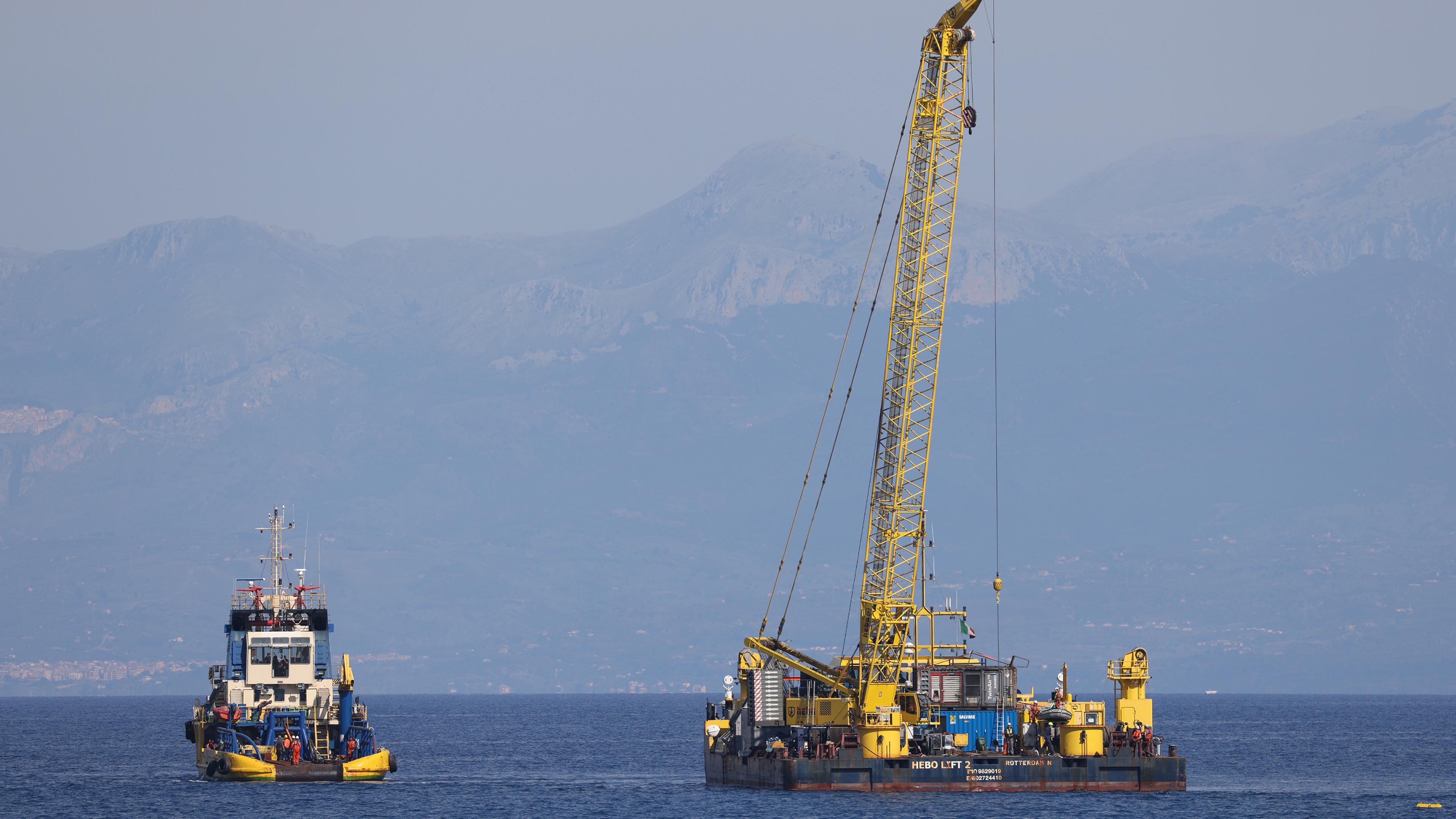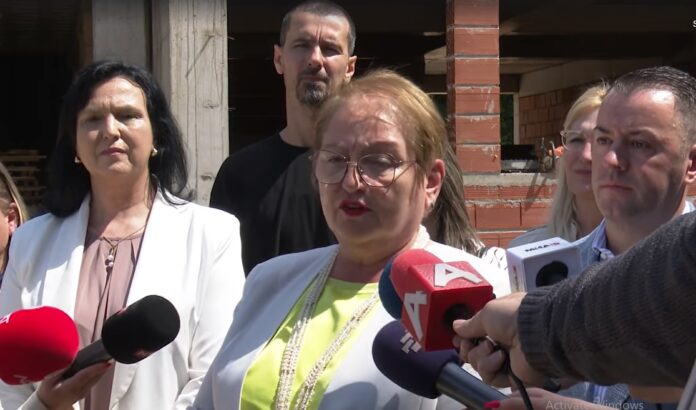In which EU countries is there more childish poverty?

In 2024, 19.5 million children in the EU were at risk of poverty or social exclusion, according to the latest Eurostat data.
However, between 2023 and 2024, the percentage of children who are at risk of poverty or social exclusion in the EU decreased slightly from 24.8 % to 24.2 %.
At national level, Bulgaria recorded the highest rates in 2024, with 35.1 %, followed by Spain with 34.6 %and Romania with 33.8 %.
Immediately afterwards Greece is followed by rates reaching 27.9%, According to Euronews.
In contrast, Slovenia (11.8 %), Cyprus (14.8 %) and the Czech Republic (15.4 %) recorded the lowest rates.
Italy was the only EU country that did not change any change, remaining stable at 27.1 %.
« The institutions of the welfare state play an important role in protecting children from poverty, » said Alba Lanau Sánchez, a researcher at Pompeu Fabra University.
« Countries with powerful social protection systems tend to have lower rates of child poverty. »
Children under 18 years of age who are at risk of poverty or social exclusion, 2023 and 2024
Source: Eurostat
In 2024, the risk of poverty or social exclusion was also higher for children compared to adults.
EU children were at greater risk of poverty or social exclusion (24.2 %) compared to adults (20.3 %), with a difference of 3.9 percentage points.
In 20 of the EU countries, the risk was higher for children, with the biggest differences being recorded in Spain (10.5 %), Malta and Romania (7.3 % and 7.2 % respectively) and France (7.2 %).
The Education factor
Children whose parents had a higher level of education were less likely to be at risk of poverty or social exclusion.
In 2024, 61.2 % of EU children living with parents who had very low secondary education were at risk of poverty or social exclusion.
For children whose parents had higher education, the rate was 11.0 %.
This resulted in a 50.2 percentage point gap based on parenting levels.
At national level, the gap was over 50 % in 16 EU countries.
The lower gaps were observed in Denmark, Portugal and Estonia, while the biggest differences were recorded in Romania, the Czech Republic and Bulgaria.
Why is Spain among the first countries?
Although Spain has higher GDP than Bulgaria, Romania or Greece, the country’s tax system is often highlighted as one of the main reasons for high rates of child poverty, according to researchers.
In 2021, Spain spent only 1.3 % of its GDP on family policies, compared to the OECD average of 2.3 %.
« Immediate financial support for families was very limited, » said Lanau Sánchez.
« Benefits, depending on the number of children in Spain, provide traditional support to the highest tenths through tax reliefs, of which the poorest households cannot benefit, while minimal or no support is provided to low -income households. »
Spain also introduced the minimum living income (IMV) in 2021 and the support supplement for children in 2022, covering 502,310 households, according to Spain’s social security.
However, it remains unclear whether these programs have improved the living conditions of families with children.
« Current reviews point out IMV deficiencies, including administrative barriers (which results in high non -participation rates), legal restrictions on access to certain groups, such as young, homeless, immigrants with no documents and recent arrivals, as well as restricted Poverty, « said Lanau Sánchez.
« However, we do not have in -depth academic research on how IMV has more radically transformed the social protection system, ultimately displacing other forms of support, such as minimum income regional programs, » he concluded.





:format(webp)/s3/static.nrc.nl/wp-content/uploads/2025/06/10210845/web-1006BIN_vanWeel.jpg)
